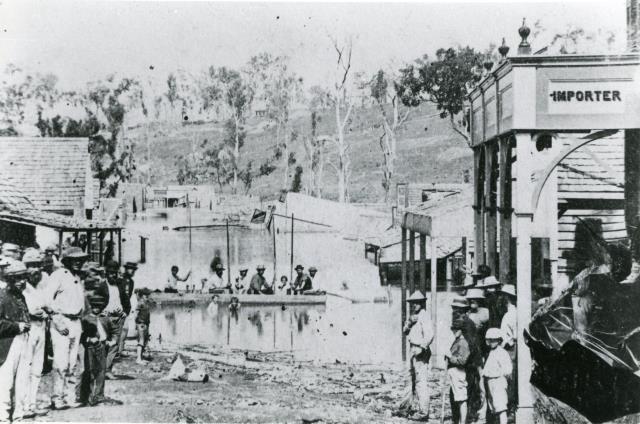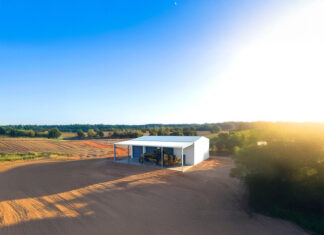
It has been hard to watch areas like Maryborough, Gympie, Brisbane and Northern NSW being impacted by recent flooding events.
It seems like every time there is a flood or a drought or bushfire or cyclone it is “unprecedented” or “record” or “never seen” before and like day follows night somehow each weather event will be linked to climate change.
By calling something “unprecedented” is to shift blame for its management on the basis that it could not have been predicted to have happened.
To blame every natural disaster on climate change is to avoid taking responsibility for investments and management that might reduce or allay some of the impacts or losses. It also places blame onto something that is either expensive or unfeasible or even impossible to fix.
Maryborough for instance has been flooded three times in three months. But the biggest flood in its history was in 1893, the second was in 1955, the third was in 1974 and its fourth was in 2013.
Gympie has also been heavily impacted by flooding events this wet season with rainfall figures that make your eyes water. But Gympie’s biggest flood was also in 1893, its second in 1898 and its third in 1999.
Listening to the Brisbane-based media, the recent floods have once again attracted headlines of “unprecedented” and “biggest on record”. Today’s media and journalists aren’t historians – they are just trying to sell today’s news and the bigger and more spectacular the better.
While these recent floods are horrific and devastating – they are far from the worst Queensland has seen.
Even the Premier stated that “it’s unprecedented” before saying “let’s face it, it is climate change”.
The problem with this statement is – if it is climate change causing all of our headaches – what was the caused the 1841 and 1893 floods which were far higher than 2022 when CO2 levels where almost half of what they are today?
There is even references to bigger floods before Brisbane was even settled. John Oxley in 1824 commented that during his explorations he saw evidence of a severe flood in the Brisbane and Bremer rivers which was 16 meters above the normal river height.
In 1825, Major Edmund Lockyer saw evidence of a large flood where today the Mount Crosby pumping station is located which appeared to be 35 metres above river height. The 1893 flood got to 30 metres.
Over the past 200 odd years of European settlement in Brisbane there have been five major floods – 1825, 1841, 1893, 1974 and 2011.
There have also been smaller but still significant floods in 1887, 1889, 1890, 1908, 1931 and 1953.
You would have had to have webbed feet living in Brisbane from 1887 to 1893. It’s amazing they didn’t all pack up and move the states capital to Toowoomba to avoid the bog.
The period between each major flood is on average 37 years – which is the same time period between 1974 and 2011.
Every flood is different and it depends on the volume and duration of large weather events. But to claim every flood as “unprecedented” or “caused by climate change” is to ignore even a very short historical record of 200 years which has seen bigger and more destructive floods even just in living memory. No doubt that has been bigger or more severe floods over the last 120,000 years since the last ice age.
Ultimately, there is little that can be done when the heavens open and the rain starts but mitigation factors such as dams, improved drainage and sensible urban planning and growth policies can lessen the blow.
One of the main issues with modern development is everyone wants a view of the river until such time as that river decides to flood. There are billions of dollars of investment in Brisbane and other river side areas which has been spent on building houses and infrastructure which work perfectly fine other than once every 40 years a major flood arrives.
Rather than shaking our fists at the sky or trying to change the weather perhaps we just have to realise that despite all of our advancement, all of our technology and intelligence – we just can’t beat Mother Nature and the only option is to clean up the mess and prepare better for next time.







